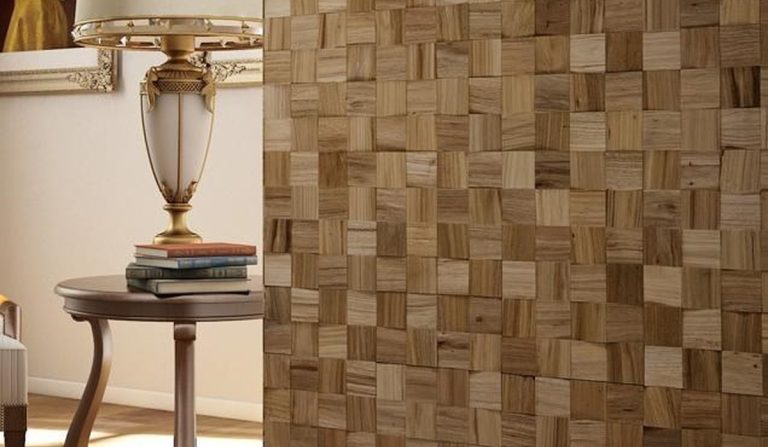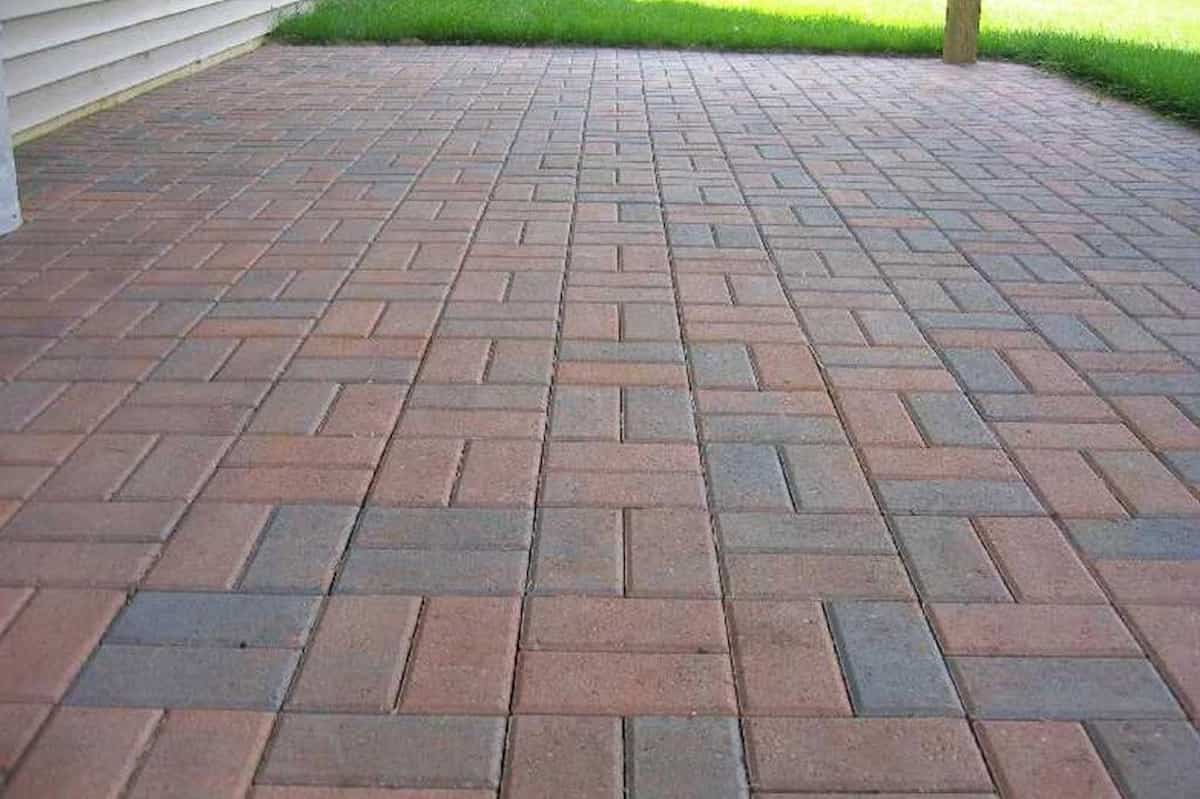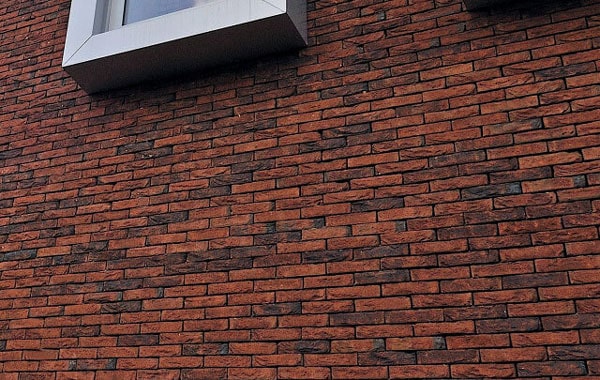The process of planning a bathroom renovation could not be more complicated. Choosing the millimeter (mm) thickness of your bathroom wall tiles is one of those essential planning factors that many people don’t consider.
14″ by 12″ tiles are common for bathrooms (or 0.64 cm to 1.27 cm). It makes sense to choose thicker and stronger tiles for the bathroom floor and thinner tiles for the walls because the thickness of the bathroom tile affects its strength.
Do you have any advice on how to decide which tile looks best in a particular area? Alternately, can I place whatever tile I choose wherever I think it looks best? It is possible that the tiles are too thick. Continue reading to learn more.

If you know the thickness of your new bathroom tiles, you can more accurately estimate the number of tiles needed for your space.
The thickness of the bathroom tiles is determined by the material and tile coating chosen for the area. Since each tile supplier uses a unique approach to producing their tile design, the manufacturer is also an important factor to consider.
When choosing tiles for your space, you should pay attention to the thickness of the tiles. It is essential that the tiles have the same thickness so that they are uniform across their surfaces. Measure the area you want to cover carefully because choosing the wrong tiles can lead to unforeseen complications.
– Significant gaps where floor and wall tiles converge.
– If the new tiles do not match the old tiles perfectly, the floor will be uneven.
– Ineffective tiles, for example, floor tiles cannot withstand heavy foot activity.
When purchasing tile, it is important to accurately measure the various surfaces (such as floors and walls) that will be tiled.
This will help you get the right size tiles. This is especially important if your bathroom floor consists of tiles. It is possible to successfully match new tiles to old tiles with the right amount of preparation, although it is difficult.

When used in different settings, different tile patterns and styles may result in larger tiles and an uneven surface. It is recommended to use a thicker layer of tile adhesive or grout to compensate for the different thicknesses of the tiles and ensure that they stay flush with each other.
It is important to remember that a layer of grout or mortar is usually between 16.3 and 1.8 inches thick. If you are familiar with the difference between different tile adhesives, it will be much easier for you to decide how much to use and where to put it.
– Mortar or grout paste to eliminate cracks and spaces between tiles on the wall and floor.
– Mortar is a material used to stick stones and bricks together. It is usually used before tiling on the floor and walls.
– Tile mortar or thinner is fixed to the base with a combination of cement, fine sand and water. Often used for wet places such as bathrooms and large tiles.
– Tile adhesive, a strong adhesive known as tile adhesive, is used for gluing tiles to different surfaces.

The secret to accurately measuring the thickness of bathroom tiles is knowing the different sizes of tiles, the thickness of mortar and grout, as well as the size of the surface at your disposal.
If the flooring is laid under the tiles, the height of the tiles will certainly increase. This is especially true if a significant amount of grout or adhesive is required to smooth and smooth the surface of the tile.
Substrates have the ability to reduce or increase the size of a space as well as the height of the floor. When measuring the floor and wall surfaces of a space, it is important to ensure that the additional dimensions of the existing substrate are taken into account. It is necessary to use cement and grout for proper grouting of tiles on the substrate.
If your floor is already lifted, you should replace the tiles in the damaged area with new, thinner tiles rather than thicker ones. Matching existing tiles can help you get a more even surface. In the bathroom, an uneven floor may cause a person to slip and fall.
Because bathroom floor tiles are designed to resist breaking even under heavy loads, they should last a long time. The thickness of the bathroom tile is often strongly related to its level of durability.
When using thin floor tiles, the risk of cracking and breaking increases. Damage to the tiles may require repairs that are both time consuming and costly.

Bathroom floor tiles should be non-slip and porous, thick and water-resistant to prevent accidents such as slipping and falling. Because floor tiles are usually covered with a material that prevents slipping, floor tiles are usually thicker than untreated wall tiles.
To achieve the optimal distance between floor and wall tiles, you need to be aware of the thickness of your bathroom tiles.
Incorrect measurements can result in large, unattractive gaps and holes between tiles, in addition to uneven surfaces.
Whether you use thick tiles, just thin tiles, or a combination of the two, there is a way to get the tiles right along the floor and walls.



